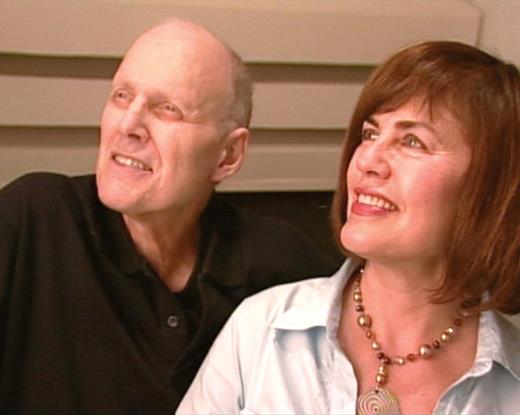Josef’s Daughter

There is much that is novel about Josef’s Daughter. However, the viewer must be willing to move beyond its now-familiar message that middle aged adults are often confronted with a fresh awareness that aging and death are inexorably linked, that this linkage has undeniable personal relevance for them, and that some of them may have a difficult time coping with the fearsome implications of these facts. As in all self-narratives, a performer (Ilana Linden) shares a story. This story-telling requires a listener (viewer) willing and able to derive its fuller meanings, particularly important for narratives involving older adults (Kastenbaum, 2003). Josef’s Daughter requires active listening and is well-worth the effort.
The Josef’s Daughter of the title is the video’s creator, Ilana Linden. Now in her early 50s, she offers a frank account of her struggle to reconstruct a sense of self following the terminal decline and death of her father Josef to Parkinson’s disease. The value of the film, in my estimation, rests largely in the demonstration that the shaping forces of successful aging begin well before we are elders—from pre-existing outlooks and sources of self-esteem spawned and molded at far earlier phases of the life course, including childhood. More important, it illustrates the often-overlooked power of parent–child relationships and family relations, more broadly, for opening up or constricting possible avenues for shaping our own healthy aging.
Read full review in The Gerontologist
